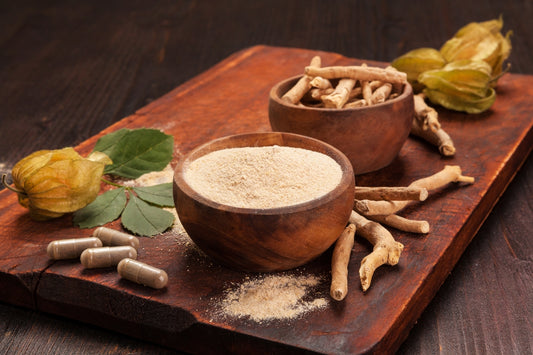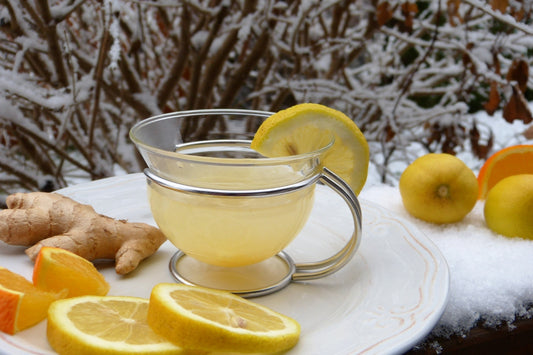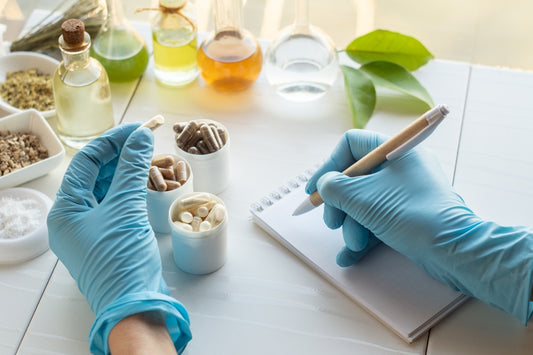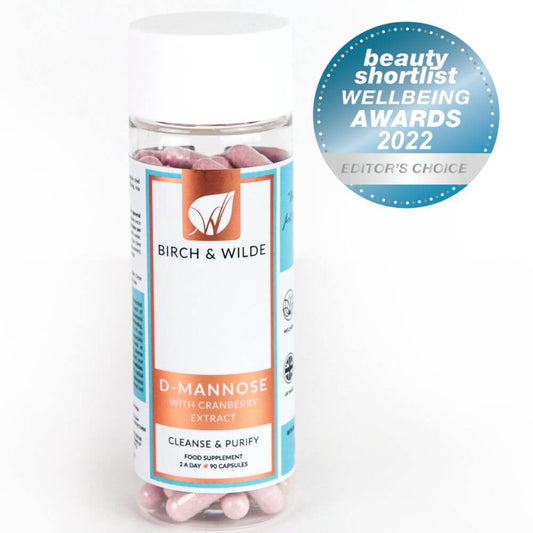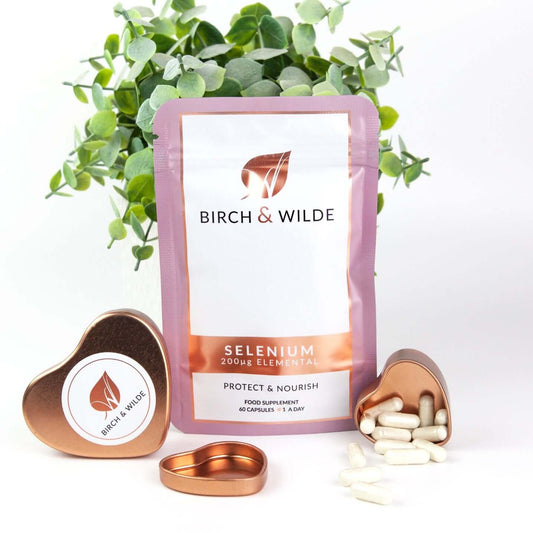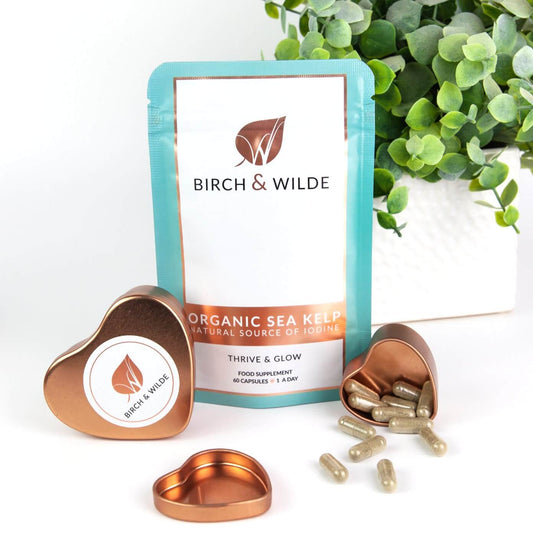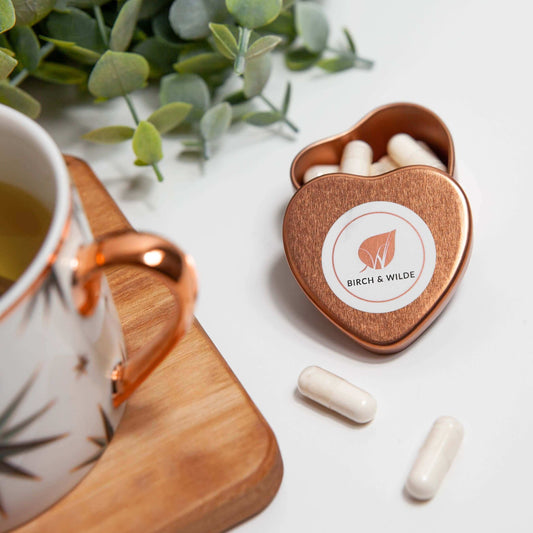Do you need more Phytonutrients?
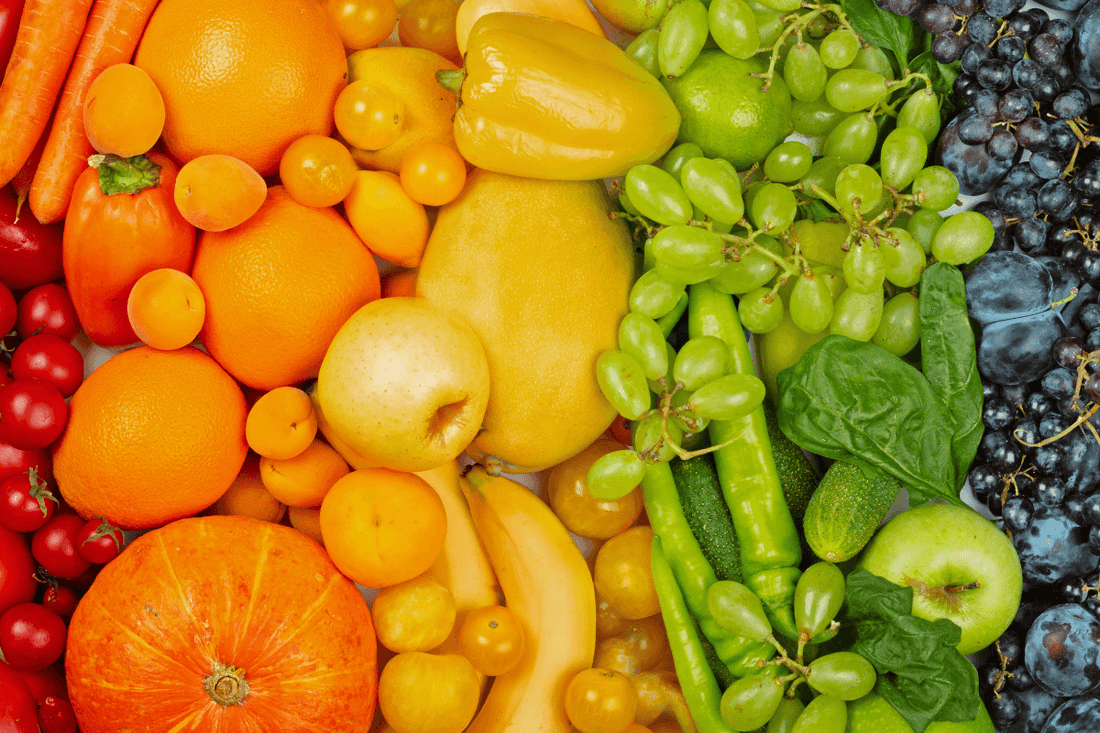
What are Phytonutrients?
Phytonutrients are chemicals in plants which are beneficial to the body yet are not considered essential to life. They are not vitamins or minerals, rather they have a class of their own. Although they are considered non-essential for life, you would get very ill if you did not consume any phytonutrients. Phytonutrients are found in fruit, vegetables, beans, lentils, herbs, teas, nuts and seeds.
Types of phytonutrients
Carotenoids
These are substances that give colour to vegetables and fruit, typically orange and yellow colourings. The most common carotenoids are alpha carotene, beta carotene, beta cryptoxanthin, lutein, zeaxanthin and lycopene. Carotenoids have a high level of free-radical scavenging activity which helps to support the function of the immune system, cardiovascular health, brain health and skin, hair and nails. Carotenoids are particularly beneficial for the eyes and vision. Interestingly, the function of carotenoids intensify with cooking.
Polyphenols
There are a few types of polyphenols including phenolic acids, polyphenolic acids and flavonoids. These are found in wholegrains, spices, wine, teas berries and seeds. Polyphenols have strong free-radical scavenging (antioxidant) activity and are best known for helping the heart and brain.
Flavonoids
Flavonoids are found in vegetables, fruit, tea, wine and chocolate. The main types of flavonoids are Flavanols, Flavan-3-ols, Flavones, Flavanones, Anthocyanins and Isoflavones. They have strong free-radical scavenging (antioxidant) activity and help to protect cells from oxidative damage.
Flavonoids may support normal detoxification and are particularly beneficial for maintaining the health of the blood vessels. Anthocyanins are also excellent for supporting the health of the urinary tract, and isoflavones may help to balance hormones.
Glucosinolates
Glucosinolates are chemicals found in plants such as cabbage, broccoli, brussels sprouts, horseradish, watercress, radishes and capers and is responsible for their strong taste. Glucosinolates help with the breakdown of toxins and metabolic end products and helps to eliminate them from the body.
How do I get phytonutrients and why might I not have enough?
Phytonutrients can be found in many plant foods. Some people have a higher requirement for phytonutrients, especially if they have existing diseases and inflammation in the body.
Poor diet
A diet that does not contain enough plant foods and contains a lot of heavily processed foods is likely to be low in phytonutrients. The optimal number of servings of vegetables and fruits per day is 7-9. Not many people manage to achieve this intake, even though it is associated with greater overall health and a decrease in your chance of developing some cancers and other chronic diseases.
Pre-exiting conditions
Some conditions such as autoimmune conditions, some infectious diseases, obesity and diabetes increase the level of oxidative stress in the body increasing your need for antioxidants and phytonutrients.
Good sources of phytonutrients
Although most plant foods provide a rich source of antioxidants, there are a few that have exceptionally high levels. Eating as wide a range of plant foods each day gives you your best change of consuming a broad spectrum of phytonutrients. Reducing your intake of meat and opting for beans and alternative sources of protein such as quinoa and tofu also boosts your intake. Aim to eat a rainbow each day – that is at least 1 coloured plant food from each colour of the rainbow.
Dark berries, aubergine and purple carrots
Basically anything with a dark purple colouring will contain anthocyanins. Try adding dark berries to a smoothie each morning.
Sweet potato, butternut squash, carrots and tomatoes
Anything with a bright orange, yellow or red skin is likely to contain plenty of carotenoids. These foods are particularly beneficial when cooked and make excellent winter stews.
Green leafy vegetables, broccoli and brussels sprouts
Anything with a dark green colour and a bitter taste will likely contain glucosinolates. Aim for at least 1 portion per day of dark green leafy vegetables.
Wholegrains, spices and seeds
These provide a source of polyphenols. Don’t forget to choose organic wholegrains as grains are typically heavily sprayed. Jazzing up your food with a wide variety of spices is another excellent way to increase your phytonutrient intake.
Chocolate, tea and red wine – hurrah!
These provide flavonoids, but remember to consume them in moderation. Where possible, opt for organic wine, organic dark chocolate (at least 70% cocoa) and plastic free teabags.









